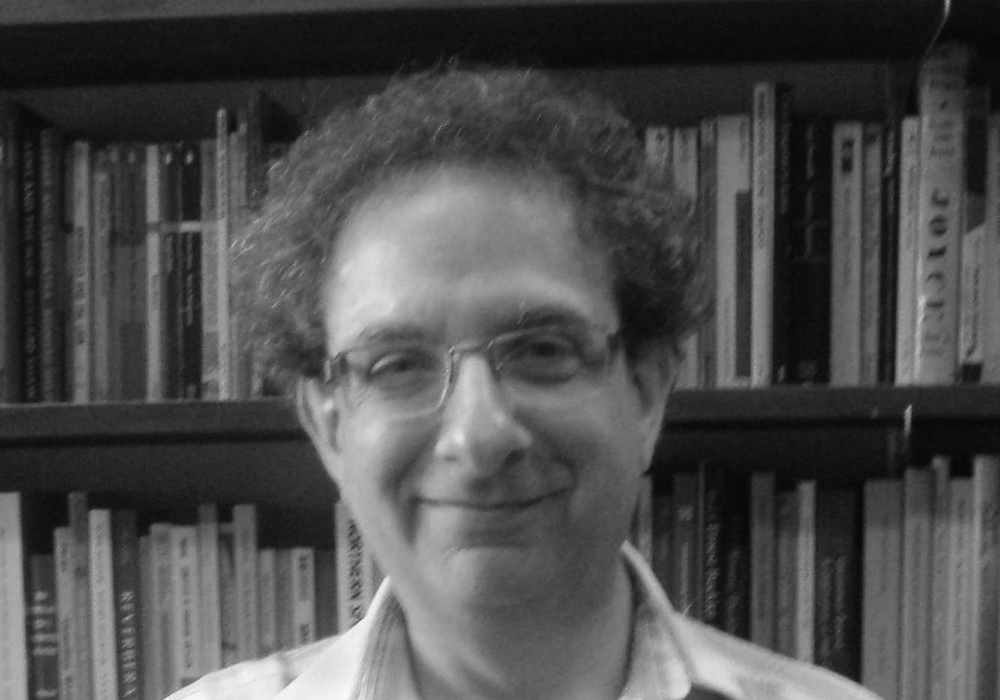Some York faculty members and students have denounced the French satirical magazine Charlie Hebdo over its provocative cartoon of Alan Kurdi, the Syrian toddler whose dead body was found on the Turkish beach last summer.
Charlie Hebdo’s cartoon asks, “What would little Alan have grown up to be?”
The answer was illustrated by an image of two lascivious men, their faces part-monkey, part-pig, arms outstretched, their tongues hanging out of their mouths and chasing two terrified women. It then says, if Kurdi had survived he would have become “an ass-groper in Germany,” referring to series of incidents in Cologne, Germany, where migrants were allegedly involved in molesting women during New Year’s Eve.
Satirizing the tragic death of a toddler under the headline of “migrant” outraged many people and generated heated as well as confused debate about free speech versus hate speech. The implication that every refugee will become an assailant or a potential threat to others’ safety was described as “pure racism decorated with free speech.” On the other hand, many defended indivisibility of free speech rights, which includes the right to produce vulgar, crass caricatures that are extremely offensive.
“Satire generally is designed to ridicule those in power. The targets are usually individuals with high status, like politicians, celebrities, religious leaders, and institutions,” says Allan Weiss, English professor.
“It is not intended for attacks on the weak or vulnerable. It isn’t funny to make fun of someone who is innocent or defenseless.”
The problem with the Charlie Hebdo’s cartoon, Weiss maintains, is that it’s ambiguous at best. “It is either an attack on Moslem [sic] refugees, and if that’s the case it’s inexcusably racist, or it’s an attack on racists who see all Moslems as potential trouble makers.”
No matter what the cartoonist’s motivation is, using Kurdi this way is “tasteless and offensive,” he adds.
The harrowing death of Kurdi galvanized public opinion, stoked international outrage over the ongoing humanitarian crisis in Syria, and incited widespread sympathy for millions of desperate refugees.
The defendants of Charlie Hebdo’sdrawing on social media claim the purpose behind the drawing was not to mock refugees, but rather to mock the fickleness of European public and press who showed refugees as all saints and later, all criminals.
However, others say, to pretend that the drawing was anything other than animosity is simply hogwash.
“The Charlie Hebdo cartoon is merely a reiteration of xenophobic mentality that treats all foreigners and immigrants as parts of a homogenous whole with fixed identities and certain attributes, posing threats to the security and safety of the host society,” says York PhD student Behnam Amini.
While condemning the recent act of collective sexual assault against women in Germany, Amini contends, “even if Kurdi had survived and grew up to be an assailant, it would have been the failure of German society, including its educational system and social services, and not him.”
Hajir Sharifi, Contributor
Featured image courtesy of Allan Weiss


